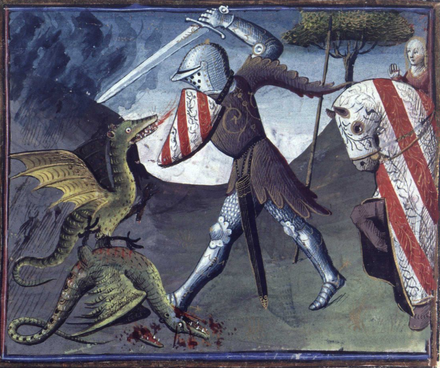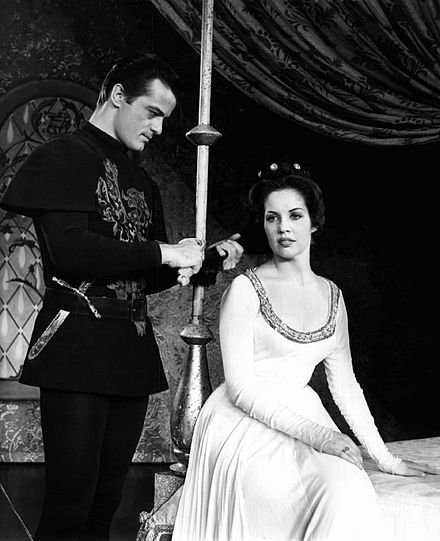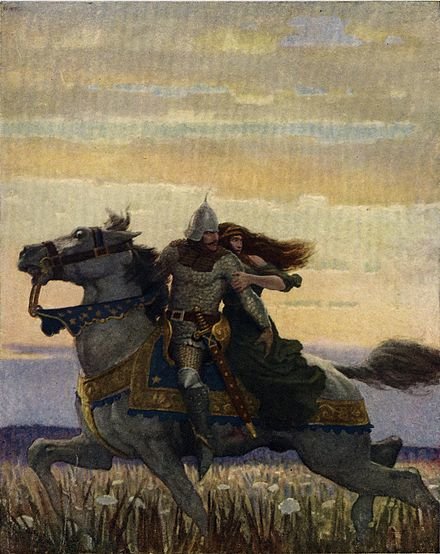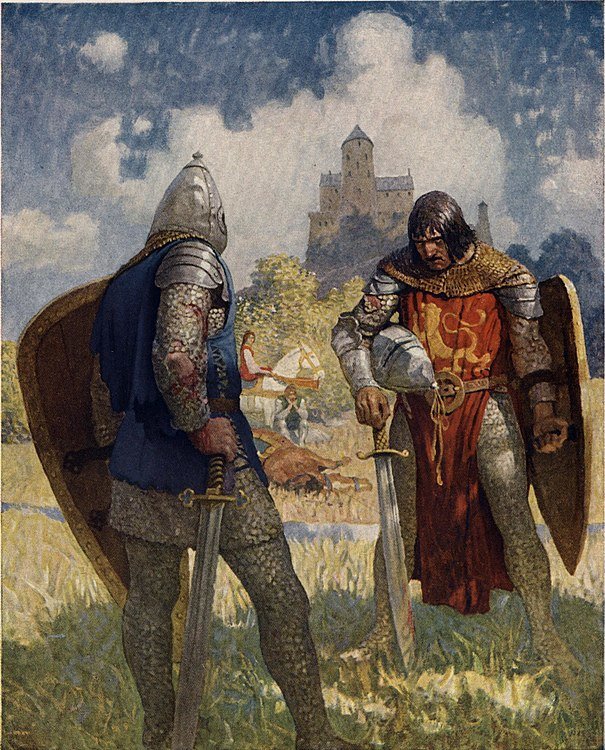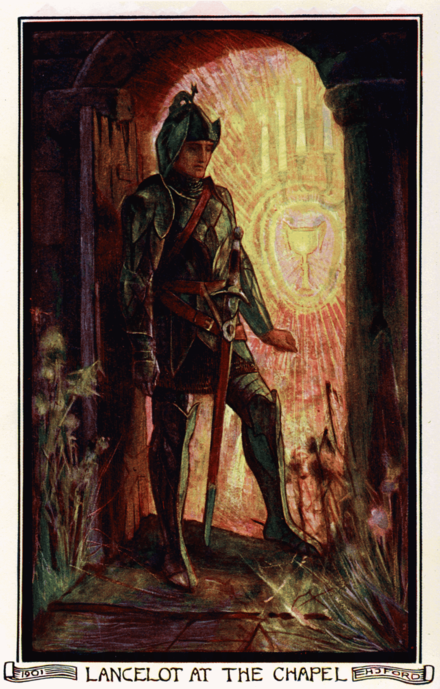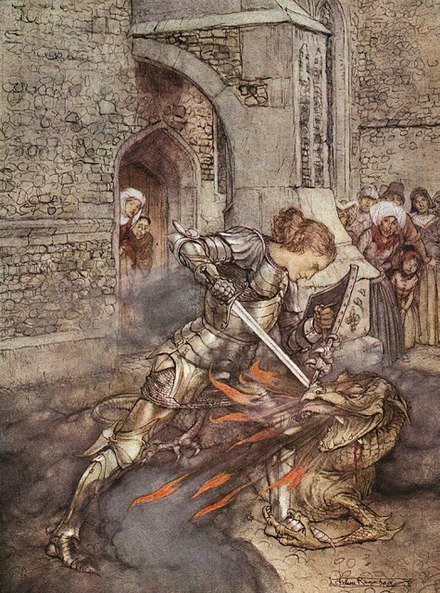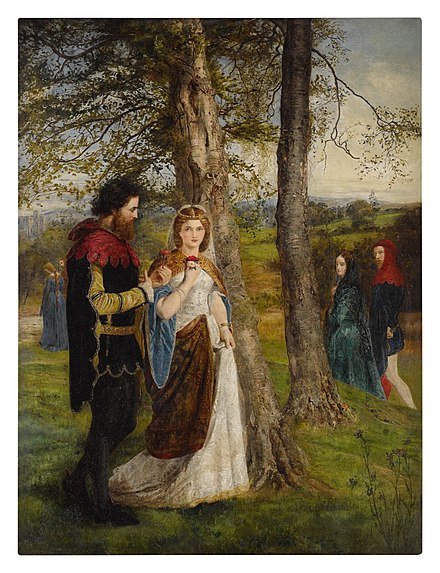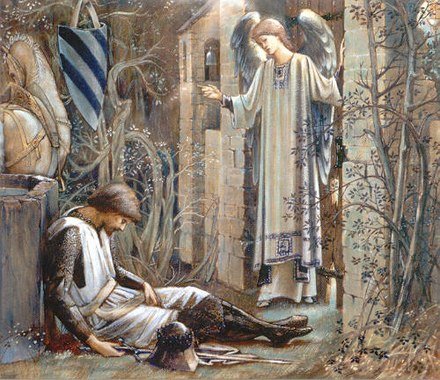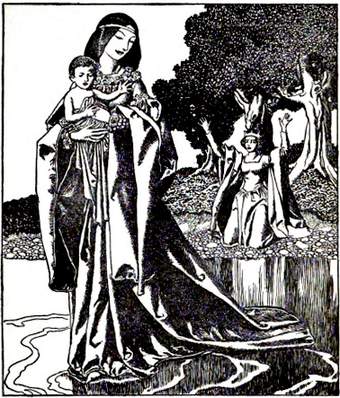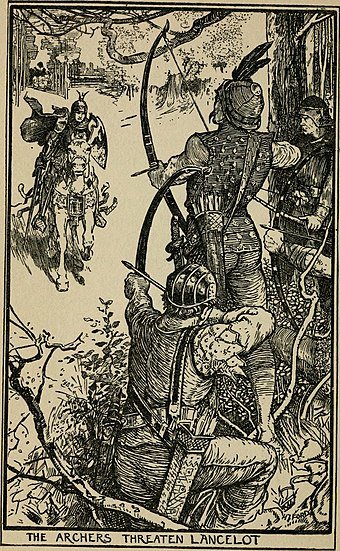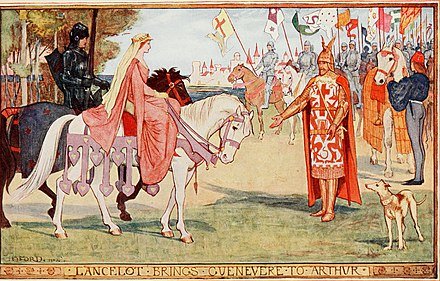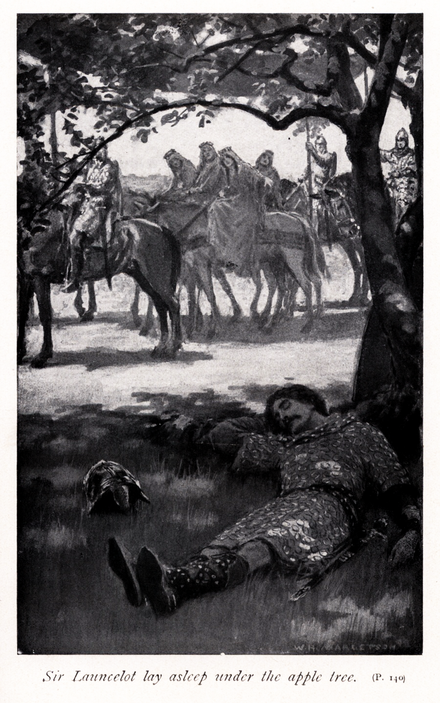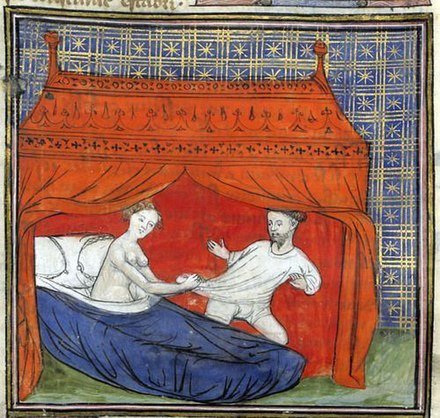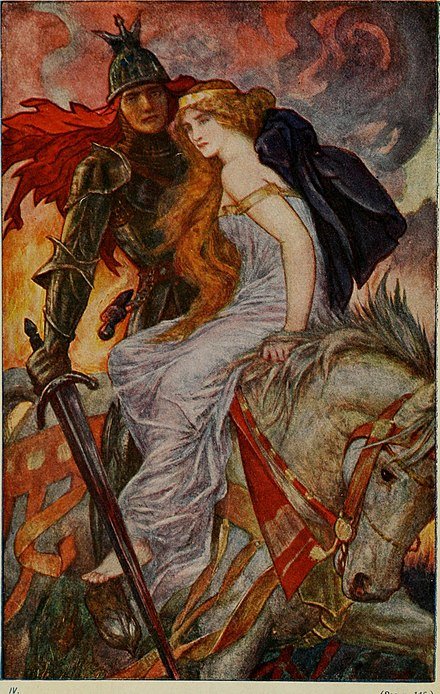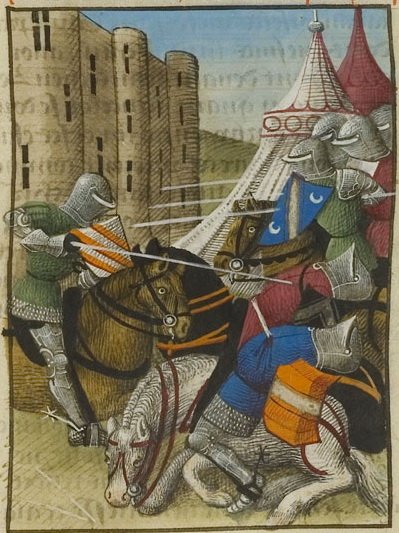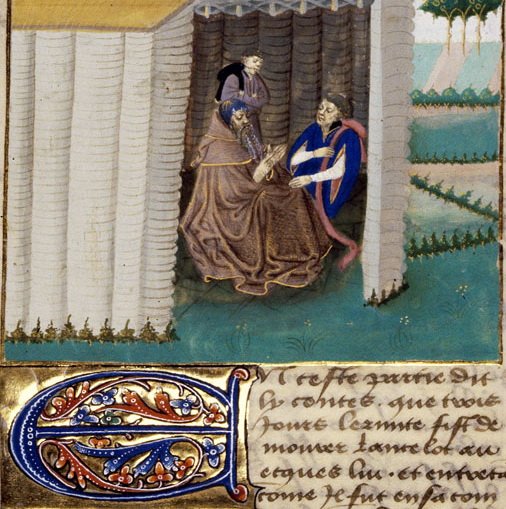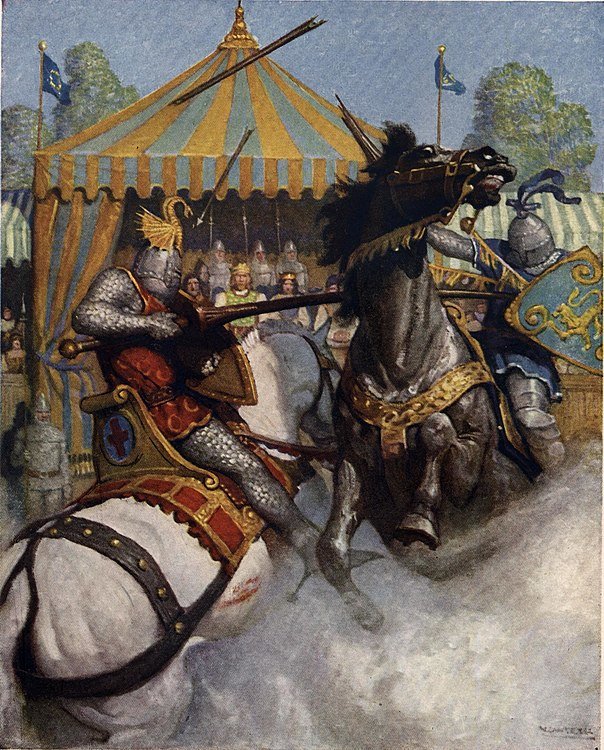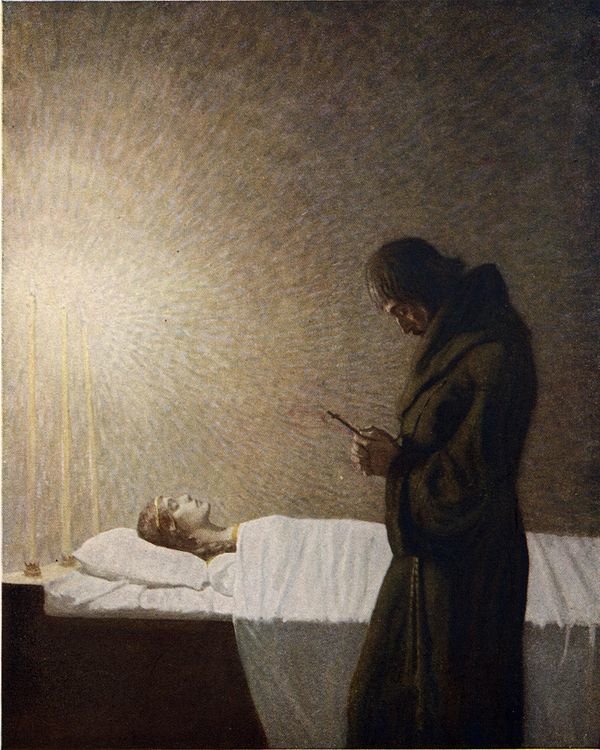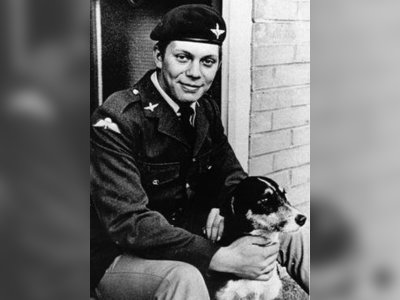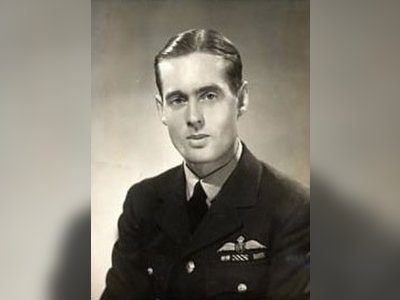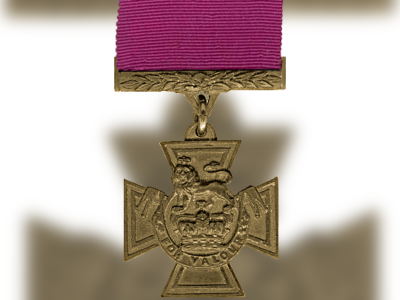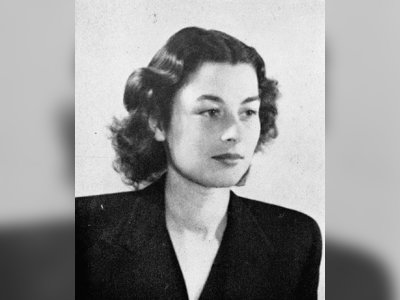British Heritage
Remember, Cherish, Learn.
beta
Lancelot
A Legend of Chivalry and Tragedy in British Heritage.
Introduction
Lancelot du Lac, also known as Lancelot of the Lake, is a prominent character in Arthurian legend, revered as one of the greatest Knights of the Round Table and a close companion of King Arthur. His tale is a classic example of French-inspired Arthurian chivalric romance, depicting a heroic figure with a complex and tragic destiny. Throughout history, Lancelot has evolved from a minor figure to a central protagonist, and his legacy continues to shape British heritage, influencing literature, art, and popular culture.
Name and Origins
The origins of Lancelot as an Arthurian romance character have been the subject of much speculation. Some theories suggest a connection to Welsh and Irish legends, linking him to figures like Llenlleog and Llwch Llawwynnauc. Others propose ties to Germanic and Latin names, such as *Wlancloth or Anguselaus. Regardless of his origins, Lancelot's name and character gained prominence in the 12th-century French poem "Lancelot, the Knight of the Cart" by Chrétien de Troyes.
Contributions to British Heritage
Lancelot's legacy lies in his profound impact on British heritage through his role in Arthurian literature. He first appeared in Chrétien's poem, wherein he is depicted as a young knight seeking adventure and love. Over time, his character evolved and expanded in subsequent works, especially in the Lancelot-Grail prose cycle and Thomas Malory's "Le Morte d'Arthur."
In these tales, Lancelot's passion for Queen Guinevere emerges as a central theme. The adulterous affair between Lancelot and Guinevere has become one of the most enduring and dramatic aspects of Arthurian legend. This love triangle not only adds complexity to the characters but also explores themes of loyalty, betrayal, and the struggle between love and duty.
Lancelot's association with the quest for the Holy Grail further enhances his importance in British heritage. In various versions of the legend, Lancelot's spiritual journey is deeply intertwined with his quest for the Grail. While he is regarded as one of the most skilled and virtuous knights, his personal flaws prevent him from achieving the ultimate spiritual enlightenment.
Success and Contributions to British Heritage
Lancelot's character achieved great popularity, making him one of the most beloved and iconic figures in Arthurian literature. He is celebrated as the finest knight at King Arthur's court, with his chivalric exploits and exceptional swordsmanship admired by both allies and rivals. Lancelot's courage, skill, and unwavering loyalty to the Round Table earned him the respect of his peers and the adoration of ladies in Arthur's realm.
His tragic romance with Queen Guinevere adds an emotional depth to the Arthurian saga, showcasing the complexities of human relationships and the consequences of forbidden love. This element of the story has captured the imagination of audiences for centuries, leaving a lasting impact on literature, art, and popular culture.
The character of Lancelot has inspired countless adaptations, retellings, and reinterpretations in various forms of media, including literature, theater, film, and television. Each generation of writers and artists has found new ways to explore and reinvent the legend of Lancelot, ensuring his place as a timeless and enduring figure in British heritage.
Conclusion
Lancelot, the valiant knight and tragic lover, remains an essential and cherished part of British heritage. From his humble beginnings in Chrétien de Troyes' poem to his complex character in later works, Lancelot's story continues to captivate and resonate with audiences worldwide. As a symbol of chivalry, love, and the struggle between duty and desire, Lancelot's legacy endures as a vital aspect of the Arthurian legend, enriching the tapestry of British heritage for generations to come.
- Lanceloten.wikipedia.org
